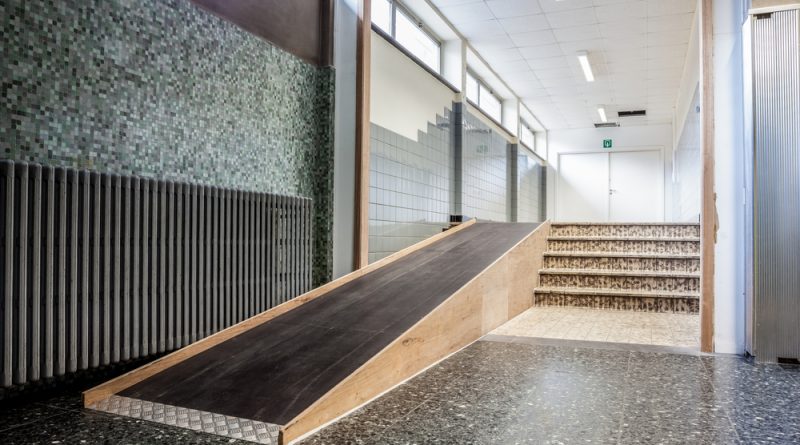5 Ways to Make Your Home Accessible
According to the 2010 census, more than 56 million Americans have a physical disability. Therefore, it is prudent to make your home more accessible to all people, including people with disabilities. Life changes, mobility issues, and natural aging may make our current houses a space full of obstacles. The present stairs, doorknobs, bathrooms, and certain surfaces may turn to be hazardous in our lives.
Thankfully, there are various ways to make a home feel comfortable. Improving accessibility in your home can create comfort, ensure safety, and promote independent living. Here are ways to update your home to make it easily accessible by you or other family members living with disabilities.
- Install Ramps
Stairs are a hazard to both people living with physical disabilities and those with limited mobility. You will need to check your local building codes before building a ramp. Thanks to technology, there are many types of ramps. There are collapsible ramps that can be stored easily and portable ramps that can transform any entryway into wheelchair accessible. Both indoors and outdoors ramps provide safe access points for people with power chairs, walkers, wheelchairs, and other mobility difficulties.
- Door Entry System
The ability to get in and out of a home is something numerous people take for granted. If you have mobility issues or use a wheelchair, you could not have the same strength to operate a standard door entry system. Powerchair and wheelchair users may experience difficulties in locking/unlocking the door. Installing automatic door opening systems will go a long way in helping people with physical disabilities get in and outside the house with little help.
- Flooring
Clear all the items on the floor to provide a clear way for wheelchair users and minimize the risk of tripping and falling for people with mobility issues. Wheelchair users experience challenges moving around thick carpets and rugs. For comfortability and safety, install wooden flooring as it provides a firm, even surface for easy moving without creating resistance.
Additionally, it’s relatively easier to clean wooden floors, especially during winter when wheelchair tyres collect dirt from the outside. Wiping wooden floors with water makes them as good as new.
- Bathroom
Taking a shower to release tension or rejuvenate ourselves is an experience we all enjoy. However, to people living with disabilities and those with mobility issues, taking a shower may be a traumatic experience. For that reason, it is imperative to readapt your bathroom for easy accessibility by people with mobility issues and the physically challenged.
Things to consider when making a bathroom accessible include shower, sink, and size of the bathroom. First of all, bathroom doors should be widened for easy accessibility by wheelchair users. Prioritize installing additional features such as a wider door, grab bars, and a comfortable seat—balance or grab bars aid mobility. Additionally, adjust the height of the toilet seat or replace it with a special seat that serves different purposes.
- ADA Compliant Kitchen Sink
The kitchen is the heart of your home. It is the space where meals are prepared and where people eat and socialize. The first consideration when improving mobility is ensuring the kitchen sink is ADA compliant. One of the ADA requirements is that the sink should have a shallower depth to provide knee clearance space to make it easier for a wheelchair to fit in the sink’s bottom.
Moreover, it is essential to put taps into consideration when making an ADA compliant sink. Instead of installing conventional taps, go for hands-free faucets. The sink should have smoother corners and should be easy to maintain.


